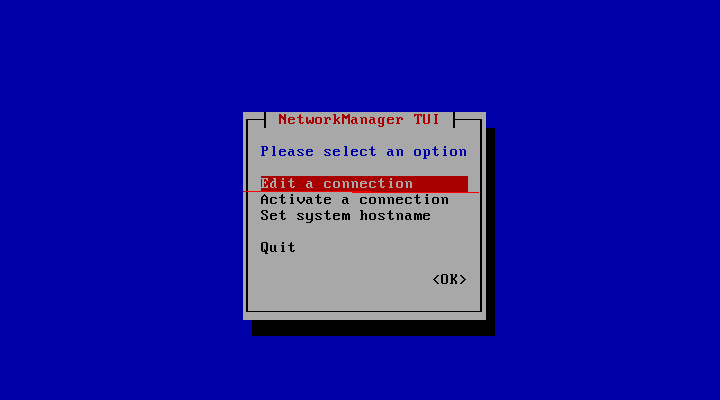UPDATE: New post on getting Multicore Solr 3.4 running on Ubuntu 10.04
Been working a lot lately with the Apache Solr project.
Solr is the popular, blazing fast open source enterprise search platform from the Apache Lucene project. Its major features include powerful full-text search, hit highlighting, faceted search, dynamic clustering, database integration, and rich document (e.g., Word, PDF) handling. Solr is highly scalable, providing distributed search and index replication, and it powers the search and navigation features of many of the world’s largest internet sites.
Solr is written in Java and runs as a standalone full-text search server within a servlet container such as Tomcat. Solr uses the Lucene Java search library at its core for full-text indexing and search, and has REST-like HTTP/XML and JSON APIs that make it easy to use from virtually any programming language. Solr’s powerful external configuration allows it to be tailored to almost any type of application without Java coding, and it has an extensive plugin architecture when more advanced customization is required.


